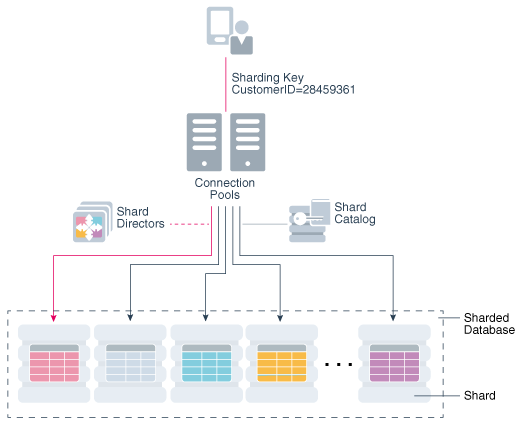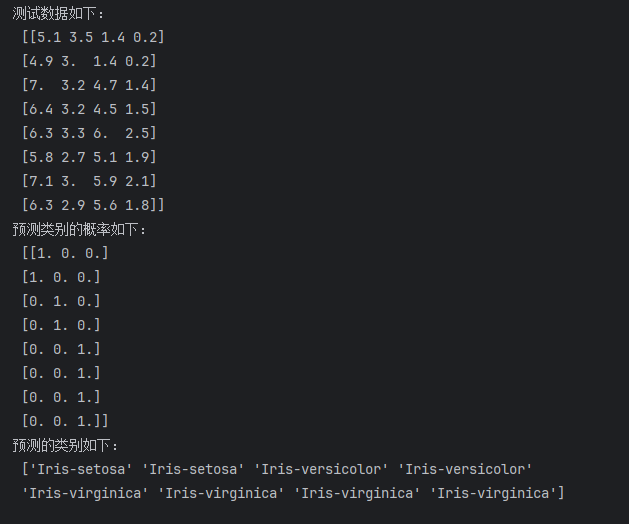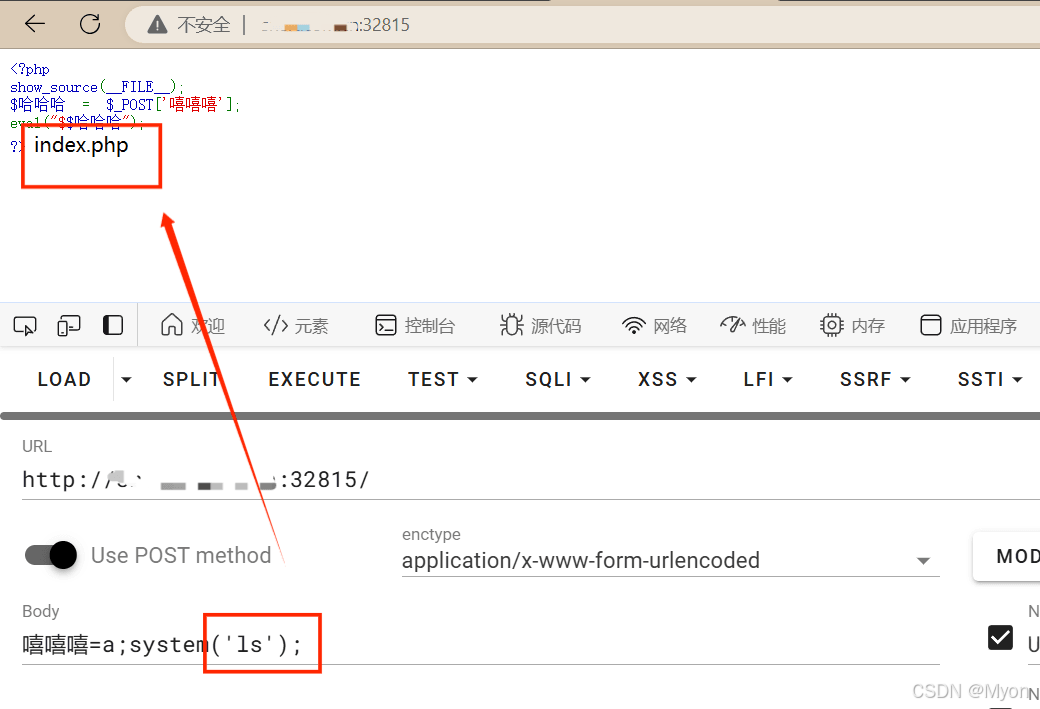

YOLOv8专栏导航:点击此处跳转
前言
YOLOv8 是由 YOLOv5 的发布者 Ultralytics 发布的最新版本的 YOLO。它可用于对象检测、分割、分类任务以及大型数据集的学习,并且可以在包括 CPU 和 GPU 在内的各种硬件上执行。
YOLOv8 是一种尖端的、最先进的 (SOTA) 模型,它建立在以前成功的 YOLO 版本的基础上,并引入了新的功能和改进,以进一步提高性能和灵活性。YOLOv8 旨在快速、准确且易于使用,这也使其成为对象检测、图像分割和图像分类任务的绝佳选择。具体创新包括一个新的骨干网络、一个新的 Ancher-Free 检测头和一个新的损失函数,还支持YOLO以往版本,方便不同版本切换和性能对比。
目录
- 一、EMA介绍
- 二、代码实现
- 代码目录
- 注册模块
- 配置yaml文件
- 三、模型测试
- 四、模型训练
- 五、总结
一、EMA介绍

论文链接:Efficient Multi-Scale Attention Module with Cross-Spatial Learning

论文提出了一种新颖的高效多尺度注意力(EMA)模块。EMA模块旨在保留每个通道的信息,同时减少计算开销。它通过重塑部分通道到批次维度,并将通道雏度分组为多个子特征,使得空间语义特征在每个特征组内均匀分布。此外,EMA模块通过编码全局信息来重新校准每个并行分支中的通道权重,并通过跨维度交互来捕获像素级别的成对关系。

创新点主要包括:
-
高效多尺度注意力(EMA):新型的注意力机制,同时减少计算开销和保留每个通道的关键信息
-
通道和批次维度的重组:通过重新组织通道维度和批次维度,提高了模型处理特征的能力。
-
跨维度交互:模块利用跨维度的交互来捕捉像素级别的关系
-
全局信息编码和通道权重校准:在并行分支中编码全局信息,用于通道权重的重新校准,增强了特征表示的能力。
二、代码实现
代码目录
- 按下面文件夹结构创建文件(相比于在原有
ultralytics/nn/modules文件夹下的相关文件中直接添加更便于管理)- ultralytics - nn - extra_modules - __init__.py - attention.py - modules
在ultralytics/nn/extra_modules/__init__.py中添加:
from .attention import *
在ultralytics/nn/extra_modules/attention.py中添加:
import torch
from torch import nn
__all__ = ['EMA']
class EMA(nn.Module):
def __init__(self, channels, factor=8):
super(EMA, self).__init__()
self.groups = factor
assert channels // self.groups > 0
self.softmax = nn.Softmax(-1)
self.agp = nn.AdaptiveAvgPool2d((1, 1))
self.pool_h = nn.AdaptiveAvgPool2d((None, 1))
self.pool_w = nn.AdaptiveAvgPool2d((1, None))
self.gn = nn.GroupNorm(channels // self.groups, channels // self.groups)
self.conv1x1 = nn.Conv2d(channels // self.groups, channels // self.groups, kernel_size=1, stride=1, padding=0)
self.conv3x3 = nn.Conv2d(channels // self.groups, channels // self.groups, kernel_size=3, stride=1, padding=1)
def forward(self, x):
b, c, h, w = x.size()
group_x = x.reshape(b * self.groups, -1, h, w) # b*g,c//g,h,w
x_h = self.pool_h(group_x)
x_w = self.pool_w(group_x).permute(0, 1, 3, 2)
hw = self.conv1x1(torch.cat([x_h, x_w], dim=2))
x_h, x_w = torch.split(hw, [h, w], dim=2)
x1 = self.gn(group_x * x_h.sigmoid() * x_w.permute(0, 1, 3, 2).sigmoid())
x2 = self.conv3x3(group_x)
x11 = self.softmax(self.agp(x1).reshape(b * self.groups, -1, 1).permute(0, 2, 1))
x12 = x2.reshape(b * self.groups, c // self.groups, -1) # b*g, c//g, hw
x21 = self.softmax(self.agp(x2).reshape(b * self.groups, -1, 1).permute(0, 2, 1))
x22 = x1.reshape(b * self.groups, c // self.groups, -1) # b*g, c//g, hw
weights = (torch.matmul(x11, x12) + torch.matmul(x21, x22)).reshape(b * self.groups, 1, h, w)
return (group_x * weights.sigmoid()).reshape(b, c, h, w)
注册模块
在ultralytics/nn/tasks.py文件开头添加:
from ultralytics.nn.extra_modules import *
在ultralytics/nn/tasks.py文件中parse_model函数添加:
elif m in {EMA}:
args = [ch[f], *args]
配置yaml文件
yolov8-ema.yaml
# Ultralytics YOLO 🚀, AGPL-3.0 license
# YOLOv8 object detection model with P3-P5 outputs. For Usage examples see https://docs.ultralytics.com/tasks/detect
# Parameters
nc: 80 # number of classes
scales: # model compound scaling constants, i.e. 'model=yolov8n.yaml' will call yolov8.yaml with scale 'n'
# [depth, width, max_channels]
n: [0.33, 0.25, 1024] # YOLOv8n summary: 225 layers, 3157200 parameters, 3157184 gradients, 8.9 GFLOPs
s: [0.33, 0.50, 1024] # YOLOv8s summary: 225 layers, 11166560 parameters, 11166544 gradients, 28.8 GFLOPs
m: [0.67, 0.75, 768] # YOLOv8m summary: 295 layers, 25902640 parameters, 25902624 gradients, 79.3 GFLOPs
l: [1.00, 1.00, 512] # YOLOv8l summary: 365 layers, 43691520 parameters, 43691504 gradients, 165.7 GFLOPs
x: [1.00, 1.25, 512] # YOLOv8x summary: 365 layers, 68229648 parameters, 68229632 gradients, 258.5 GFLOPs
# YOLOv8.0n backbone
backbone:
# [from, repeats, module, args]
- [-1, 1, Conv, [64, 3, 2]] # 0-P1/2
- [-1, 1, Conv, [128, 3, 2]] # 1-P2/4
- [-1, 3, C2f, [128, True]]
- [-1, 1, Conv, [256, 3, 2]] # 3-P3/8
- [-1, 6, C2f, [256, True]]
- [-1, 1, Conv, [512, 3, 2]] # 5-P4/16
- [-1, 6, C2f, [512, True]]
- [-1, 1, Conv, [1024, 3, 2]] # 7-P5/32
- [-1, 3, C2f, [1024, True]]
- [-1, 1, SPPF, [1024, 5]] # 9
# YOLOv8.0n head
head:
- [-1, 1, nn.Upsample, [None, 2, 'nearest']]
- [[-1, 6], 1, Concat, [1]] # cat backbone P4
- [-1, 3, C2f, [512]] # 12
- [-1, 1, nn.Upsample, [None, 2, 'nearest']]
- [[-1, 4], 1, Concat, [1]] # cat backbone P3
- [-1, 3, C2f, [256]] # 15 (P3/8-small)
- [-1, 1, EMA, []]
- [-1, 1, Conv, [256, 3, 2]]
- [[-1, 12], 1, Concat, [1]] # cat head P4
- [-1, 3, C2f, [512]] # 19 (P4/16-medium)
- [-1, 1, EMA, []]
- [-1, 1, Conv, [512, 3, 2]]
- [[-1, 9], 1, Concat, [1]] # cat head P5
- [-1, 3, C2f, [1024]] # 23 (P5/32-large)
- [-1, 1, EMA, []]
- [[16, 20, 24], 1, Detect, [nc]] # Detect(P3, P4, P5)
三、模型测试
import warnings
warnings.filterwarnings('ignore')
from ultralytics import YOLO
model = YOLO("yolov8n-ema.yaml") # build a new model from scratch
from n params module arguments
0 -1 1 464 ultralytics.nn.modules.conv.Conv [3, 16, 3, 2]
1 -1 1 4672 ultralytics.nn.modules.conv.Conv [16, 32, 3, 2]
2 -1 1 7360 ultralytics.nn.modules.block.C2f [32, 32, 1, True]
3 -1 1 18560 ultralytics.nn.modules.conv.Conv [32, 64, 3, 2]
4 -1 2 49664 ultralytics.nn.modules.block.C2f [64, 64, 2, True]
5 -1 1 73984 ultralytics.nn.modules.conv.Conv [64, 128, 3, 2]
6 -1 2 197632 ultralytics.nn.modules.block.C2f [128, 128, 2, True]
7 -1 1 295424 ultralytics.nn.modules.conv.Conv [128, 256, 3, 2]
8 -1 1 460288 ultralytics.nn.modules.block.C2f [256, 256, 1, True]
9 -1 1 164608 ultralytics.nn.modules.block.SPPF [256, 256, 5]
10 -1 1 0 torch.nn.modules.upsampling.Upsample [None, 2, 'nearest']
11 [-1, 6] 1 0 ultralytics.nn.modules.conv.Concat [1]
12 -1 1 148224 ultralytics.nn.modules.block.C2f [384, 128, 1]
13 -1 1 0 torch.nn.modules.upsampling.Upsample [None, 2, 'nearest']
14 [-1, 4] 1 0 ultralytics.nn.modules.conv.Concat [1]
15 -1 1 37248 ultralytics.nn.modules.block.C2f [192, 64, 1]
16 -1 1 672 ultralytics.nn.extra_modules.attention.EMA [64]
17 -1 1 36992 ultralytics.nn.modules.conv.Conv [64, 64, 3, 2]
18 [-1, 12] 1 0 ultralytics.nn.modules.conv.Concat [1]
19 -1 1 123648 ultralytics.nn.modules.block.C2f [192, 128, 1]
20 -1 1 2624 ultralytics.nn.extra_modules.attention.EMA [128]
21 -1 1 147712 ultralytics.nn.modules.conv.Conv [128, 128, 3, 2]
22 [-1, 9] 1 0 ultralytics.nn.modules.conv.Concat [1]
23 -1 1 493056 ultralytics.nn.modules.block.C2f [384, 256, 1]
24 -1 1 10368 ultralytics.nn.extra_modules.attention.EMA [256]
25 [16, 20, 24] 1 897664 ultralytics.nn.modules.head.Detect [80, [64, 128, 256]]
YOLOv8n-ema summary: 249 layers, 3170864 parameters, 3170848 gradients, 9.1 GFLOPs
四、模型训练
import warnings
warnings.filterwarnings('ignore')
from ultralytics import YOLO
# Load a model
model = YOLO("yolov8n-ema.yaml") # build a new model from scratch
# Use the model
model.train(
data="./mydata/data.yaml",
epochs=300,
batch=32,
imgsz=640,
workers=8,
device=0,
project="runs/train",
name='exp') # train the model
五、总结
- 模型的训练具有很大的随机性,您可能需要点运气和更多的训练次数才能达到最高的 mAP。

















![[数据集][目标检测]翻越栏杆行为检测数据集VOC+YOLO格式512张1类别](https://i-blog.csdnimg.cn/direct/89dbb7b5f7f048e1be7b315b429907df.png)

